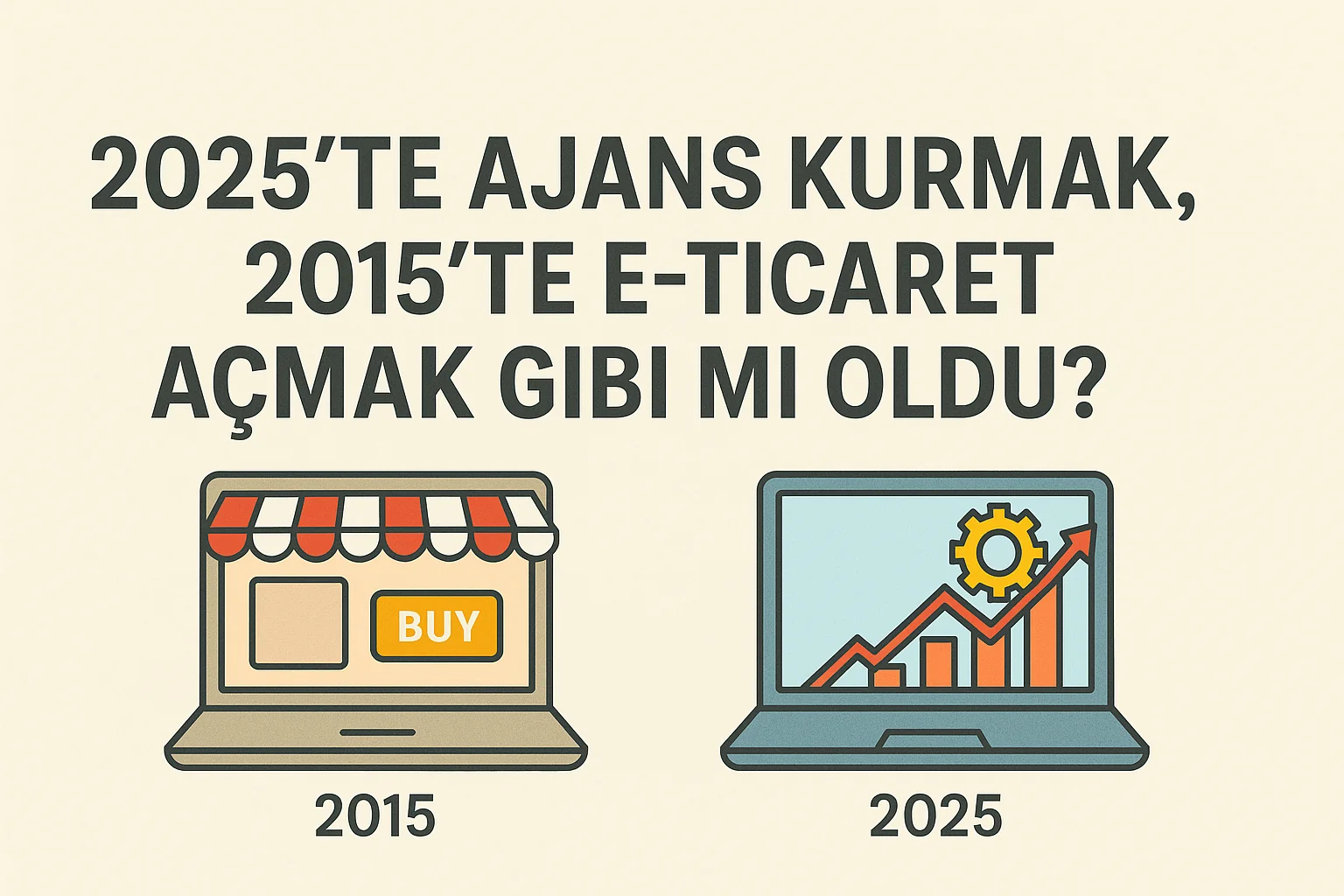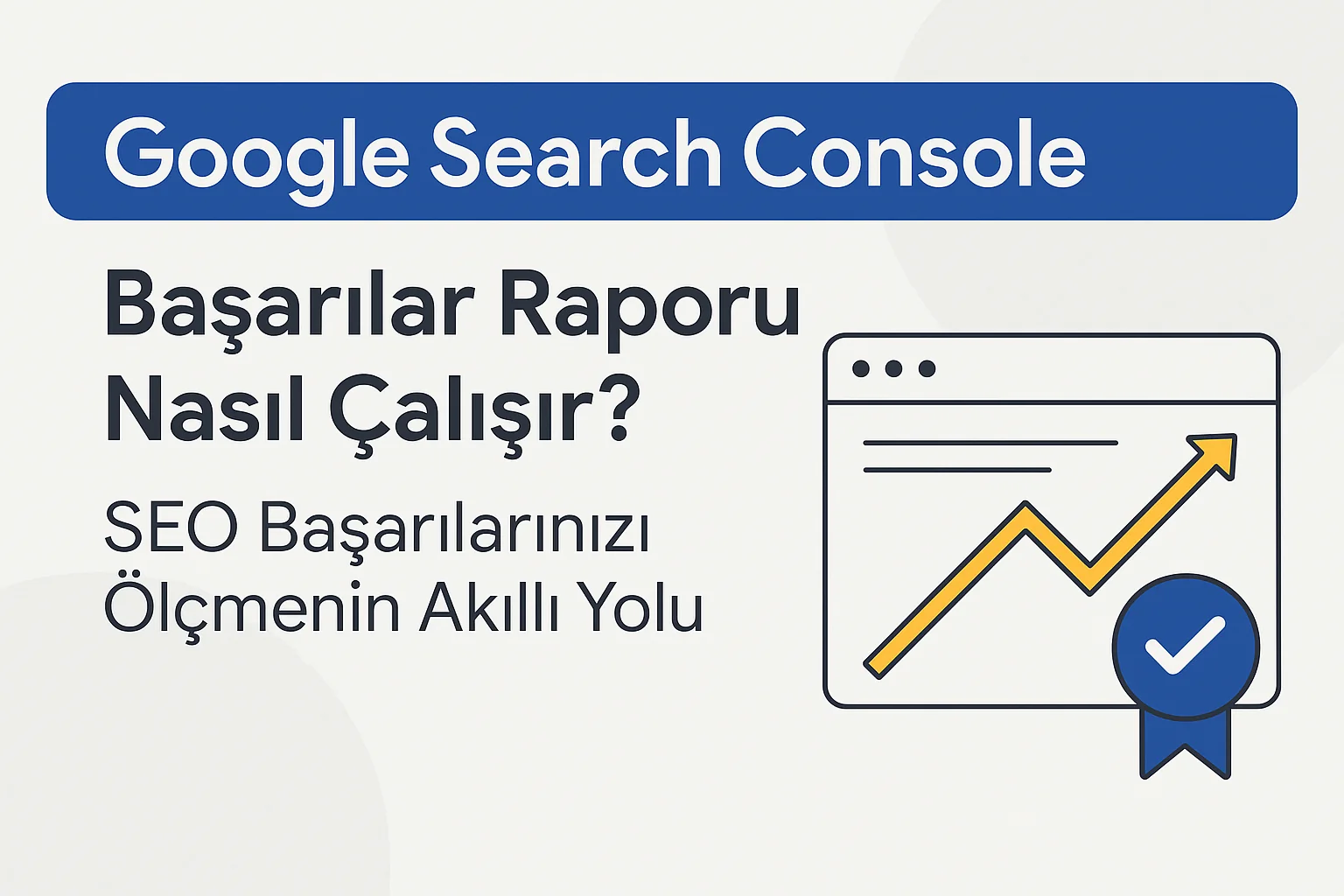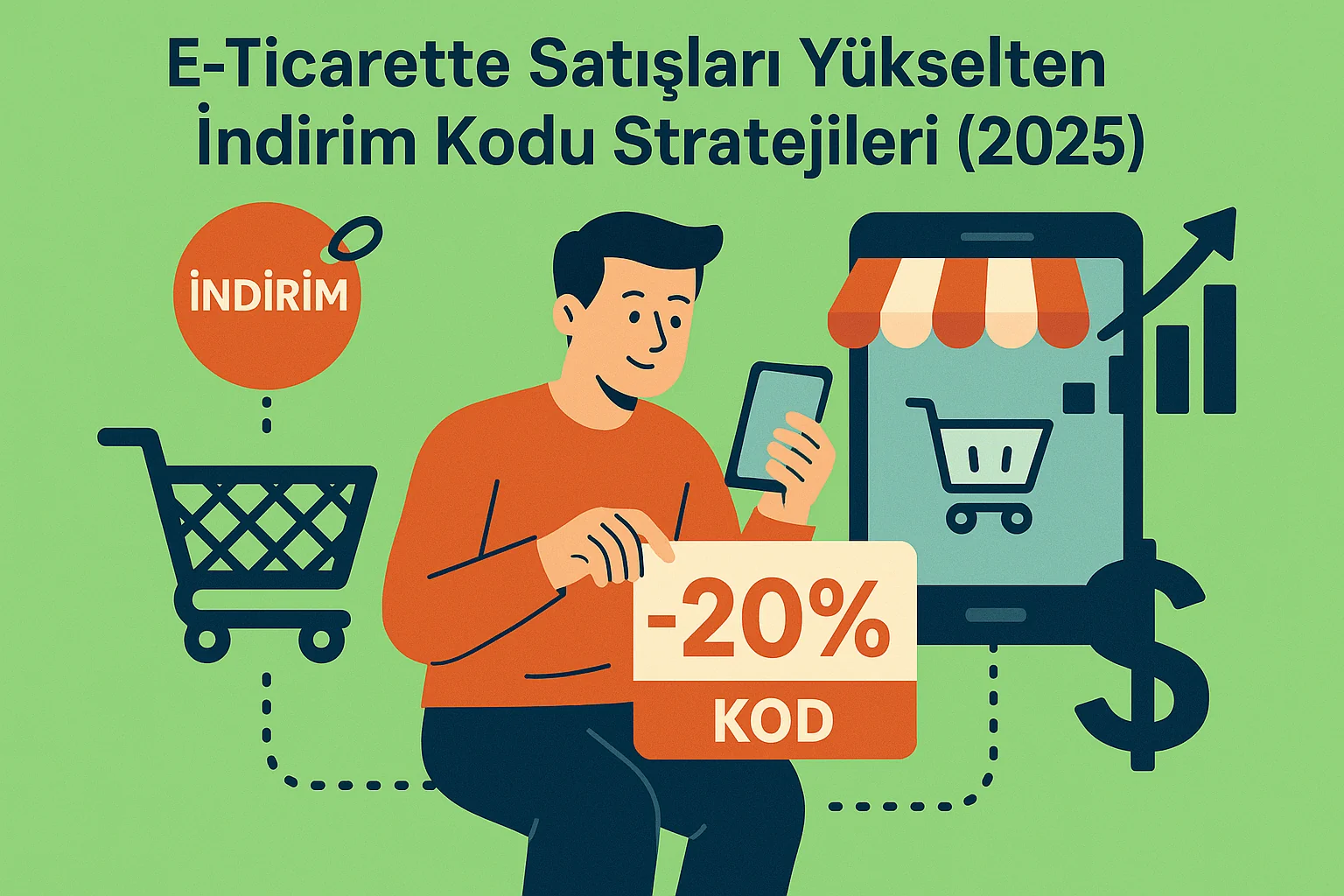Definition of Digital Advertising
Digital advertising refers to advertising activities over the internet and digital platforms. These advertisements are carried out using various digital channels to reach the target audience. Digital ads are used to promote brands' products and services, expand their customer base and increase sales. With the widespread use of the Internet, digital advertising has become an indispensable part of marketing strategies.
Types of Digital Advertising
Digital ads can be of various types, such as banner ads, social media ads, video ads, search engine ads. Each is used for different strategies and goals. Banner ads are visual ads that appear on websites. Social media ads are published on platforms such as Facebook, Instagram, Twitter. Video ads appear on video-sharing sites such as YouTube, while search engine ads are used to rank high on search engines such as Google.
Differences Between Traditional Advertising and Digital Advertising
While traditional ads appear on channels such as television, radio and newspapers, digital ads are published on the internet. Digital ads stand out for being more targetable and measurable. While traditional ads reach large audiences, digital ads reach target audiences with specific demographic characteristics. In addition, the performance of digital ads can be monitored and optimized instantly.
History of Digital Advertising
The beginning of digital advertising dates back to the 1990s. The first banner ad was published in 1994 and digital advertising has evolved dramatically since then. With the proliferation of the internet and the advancement of technology, digital advertising has become more sophisticated and effective. Today, technologies such as programmatic advertising, artificial intelligence and data analytics are shaping the future of digital advertising.
Benefits of Digital Advertising for Businesses
Reaching the Target Audience
Digital ads reach target audiences with specific demographic characteristics. In this way, ads are shown to the right people at the right time. Reaching the target audience increases the impact of ads and increases conversion rates. In addition, digital ads make it possible to reach more specific audiences through various methods such as geo-targeting and interest-based targeting.
Cost Effectiveness
Digital ads are more cost-effective than traditional ads. Even small businesses can reach large audiences with digital ads. The cost-effectiveness of digital ads enables more efficient use of advertising budgets. In addition, digital ads offer various payment models such as cost per click (CPC), cost per thousand impressions (CPM), which allows for flexible management of advertising budgets.
Measurability and Analytics
The performance of digital ads can be easily measured. Thanks to metrics such as click-through rates and conversion rates, the success of campaigns can be analyzed. These analyses help optimize advertising strategies. In addition, digital advertising platforms offer real-time data and reporting tools, making it possible to monitor the instant performance of ads.
Increasing Brand Awareness
Digital ads are an effective way to increase brand awareness. Advertising on social media and other digital platforms enables brands to reach large audiences. Increasing brand awareness increases customer loyalty and brand value. In addition, digital ads enable brands to engage with their target audiences and effectively communicate brand messages.
Digital Advertising Strategies
Social Media Advertising
Social media platforms are effective advertising channels thanks to their large user base. Advertising on platforms such as Facebook, Instagram and Twitter allows direct access to the target audience. Social media advertising makes it possible to create campaigns enriched with visual and video content. In addition, social media ads strengthen brand loyalty by increasing user interactions.
Search Engine Marketing (SEM)
Search engine marketing involves advertising on search engines such as Google. These ads rank high in users' search results, giving them more visibility. SEM is supported by strategies such as keyword targeting and ad copy optimization. In addition, SEM campaigns work on a cost-per-click (CPC) model, which ensures efficient use of advertising budgets.
Content Marketing
Content marketing aims to attract target audiences by creating valuable and engaging content. Content such as blog posts, videos and infographics help brands gain authority. Content marketing is supported by SEO (search engine optimization) strategies and aims to generate organic traffic. Content marketing also strengthens customer relationships and increases brand loyalty.
Email Marketing
Email marketing is an effective way to reach the target audience directly. Personalized email campaigns increase customer loyalty and drive sales. Email marketing is made more effective with customer segmentation and automation tools. In addition, email marketing is used to collect customer feedback and increase customer satisfaction.
Tips for Success in Digital Advertising
Know Your Target Audience
For a successful digital advertising campaign, you need to know your target audience well. Determine your strategy by analyzing factors such as demographics, interests and behaviors. Knowing your target audience makes your advertising messages more effective and increases conversion rates. Also, knowing your target audience allows you to use your advertising budget more efficiently.
Choose the Right Platforms
Choose the platforms you run your ads on carefully. Being on the platforms that your target audience uses the most increases the impact of your ads. Choosing the right platforms ensures efficient use of your advertising budget and increases the success of your advertising campaigns. You can also reach a wider audience by using different advertising strategies on different platforms.
Optimize Your Content
You can get more engagement by optimizing your ad content. Carefully design elements such as headlines, images and call-to-action (CTA) buttons. Optimizing your content increases click-through rates and conversion rates of your ads. In addition, content optimization can be supported by SEO strategies to drive organic traffic.
Continuously Monitor and Adjust Performance
Constantly monitor the performance of your advertising campaigns and make necessary adjustments. By updating your strategy in line with the analysis, you can achieve better results. Monitoring performance ensures efficient use of your advertising budget and increases the success of your ad campaigns. You can also track the instant performance of your ads using performance tracking tools.
For more information: digital marketing agency






